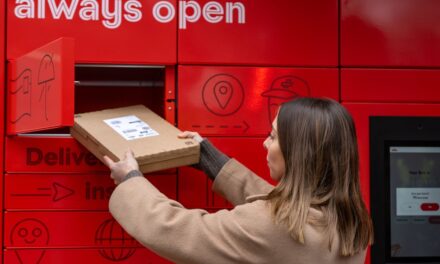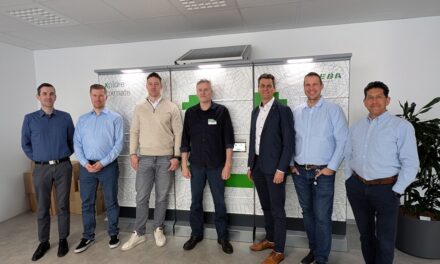
Transport and Logistics: Industry Facing an Historic Opportunity as EU Market Becomes Fully Open
The Polish transport industry is facing an historical opportunity, as entry barriers to the huge and lucrative EU market are about to be removed, and Poland is to become part of a single market stretching from Gibraltar to Tallinn.
Europe’s commodity transport market is expected to grow by almost 25 percent in 2005-2010, to some 2,045 billion kilometre tonnes. Road transport is expected to rise by 37 percent, growing by an annual rate of over 6 percent in the coming years. Next year, the market is expected to be worth some 220 billion euro.
The expected rise in transport volumes has already taken place, with commodity transport traffic at Poland’s border crossings up 20 percent in January-February on the same period of last year.
\ Table. Cross-border traffic in Poland* Vehicle 2004 2003 trucks 1,032,680 836,016 buses 58,776 56,306 */ January-February; source: Border Guard Central Command
\
The main direction of Europe’s commodity transport is East-West, and EU accession means that for the first time in modern history Poland will be in position to take full advantage of its geographic location as the shortest and most convenient route between the continent’s parallel ends and from Scandinavia to the south. Alas, the successive governments have done little in the last 15 years to prepare Poland for increased road traffic, failing even to adapt the main routes to the use by vehicles of 11.5 tonne axial thrust, a standard introduced in the EU in the early 60s. The lack of decent roads ? let alone motorways ? has created chronic congestion on the main routes and caused foreign investors to locate major manufacturing projects outside Poland.
Unlike the government. the road carriers have been busy preparing for the upcoming challenge. In the early 90s, Poland’s main international carriers ? Pekaes, Hartwig, Hortex, and PLO ? operated a fleet of less than 2,000 vehicles. Today, about 40,000 vehicles are in use in the sector, a leap that has required substantial capital spending. Janusz Lacny at the International Road Carriers Association notes that a large percentage of the vehicles operated by the Polish carriers are state-of-the-art, ecological vehicles meeting Euro 1, Euro 2, Euro 3 norms. According to truck importers, Polish international carriers usually buy new, high-parameter vehicles, with 400-horsepower engines and cabs stuffed with extras, usually with heightened roofs. For towing vehicles as well as international transport chassis, vehicles facilitating the use of high-capacity bodywork are increasingly used.
Operators’ growing capital spending needs ? the need to buy new equipment and offer more comprehensive services ? have driven a wave of consolidation in Poland, both among domestic-owned companies as well as foreign ones. Consolidation has been continuing uninterrupted on the European market, as even the largest transport/shipping/logistics groups have no more than 2.5 percent market share in Europe. In a recent deal that has also affected the Polish market, US-owned Euroad was taken over by Dutch group Vos Logistics. The latter’s Polish arm has ambitious plans to purchase 466 new vehicles this year, to boost its fleet to over 1,000 vehicles.
Two other recent deals included the acquisition of Trans Universal by Denmark’s CJ International, and the privatisation of Katowice-based Transbud, sold to JAS-FBG. The present wave of consolidation follows a previous one that started after the Russian financial crisis of August 1998 and peaked in 2000-2001, when, respectively, 2,720 and 3,055, operating licences changed hands, in a process that saw the weakest players eliminated from the market.
\ Table. Operating licence transfers* 1995 400 1996 800 1997 350 1998 750 1999 2,000 2000 2,720 2001 3,055 2002 1,750 2003 2,300 */ approximate figures; source: BOTM
\
With few exceptions, most major Polish companies have grown organically from small, family-owned businesses. Many started in the 80s a












